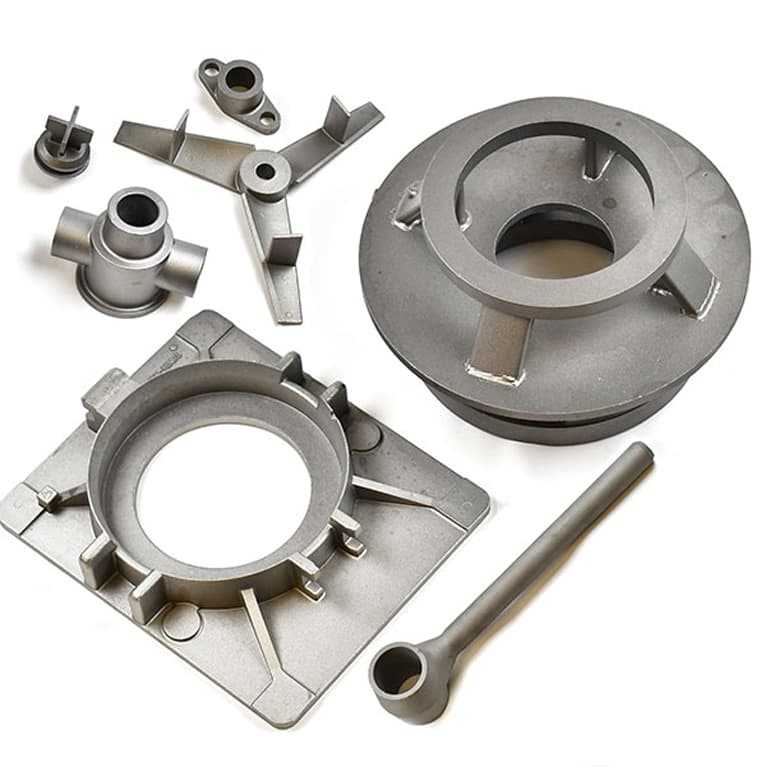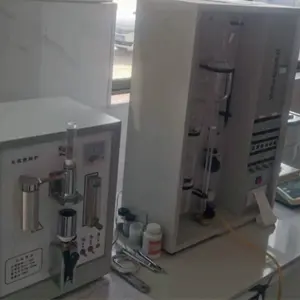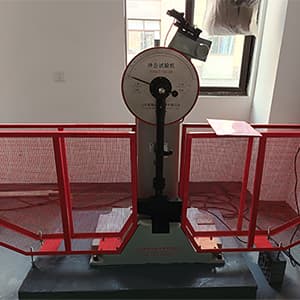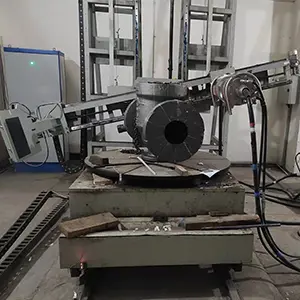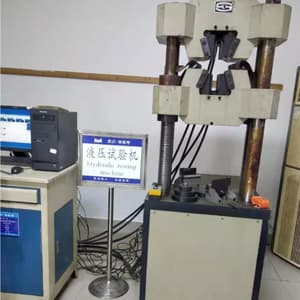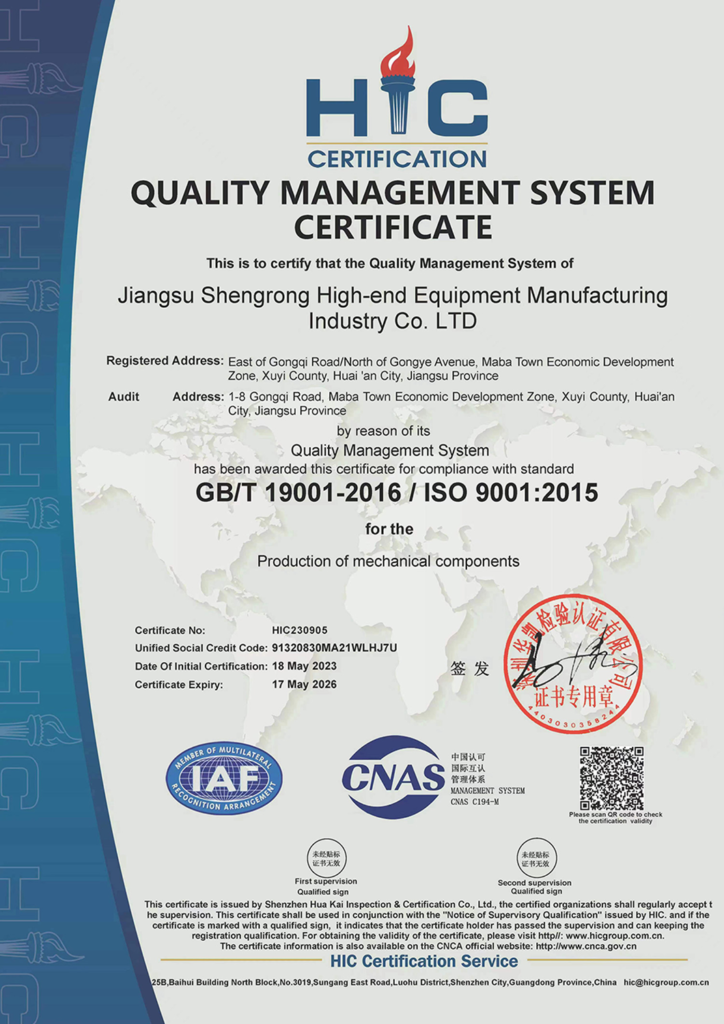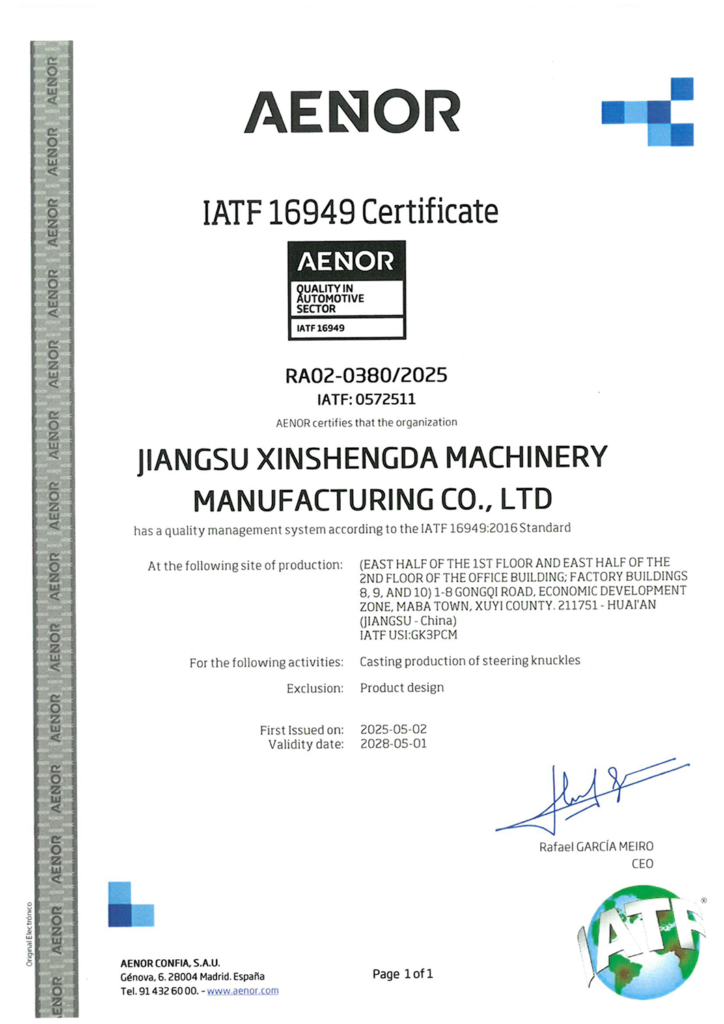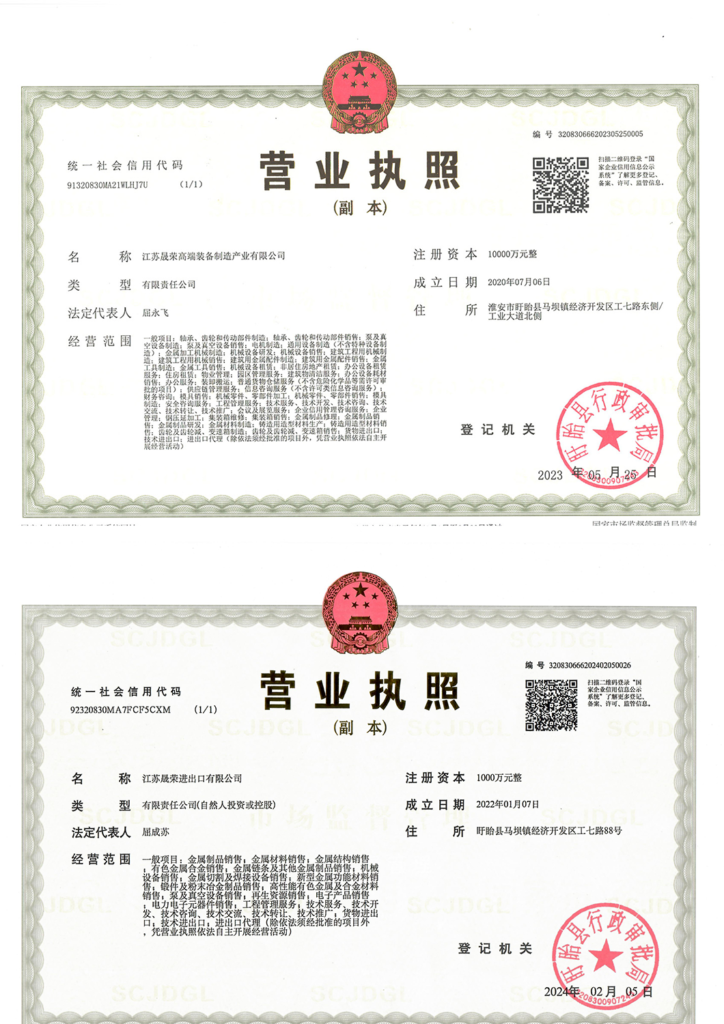
Excellent Mechanical Properties
High Strength and Toughness: Tensile strength, yield strength, and elongation meet or exceed standards (such as ASTM and ISO), allowing it to withstand high loads and impact.
Excellent Hardness and Wear Resistance: Suitable for abrasive environments (such as mining machinery and gears).
Uniform Performance Distribution: Consistent mechanical properties across all parts, with no localized weak spots.

